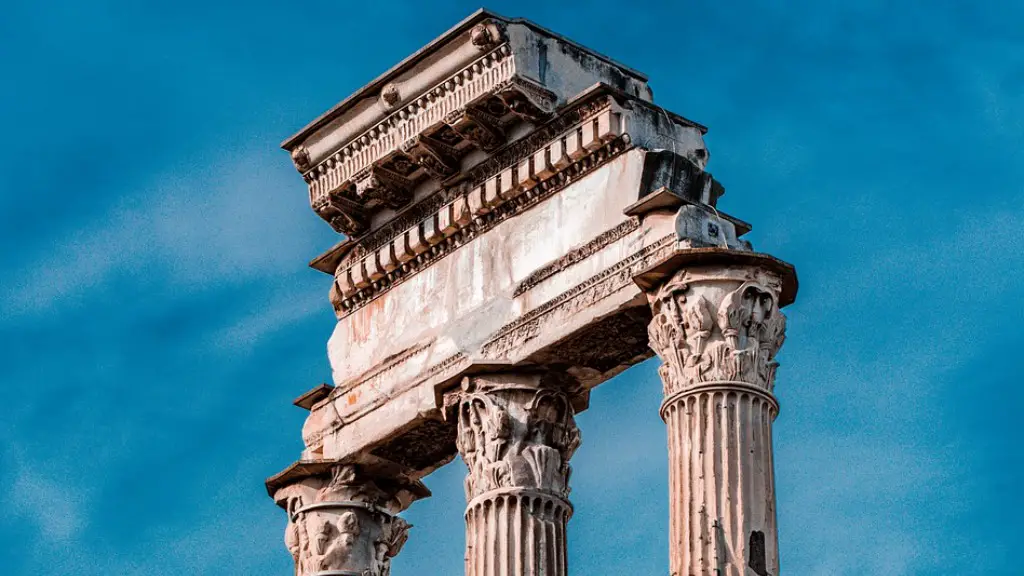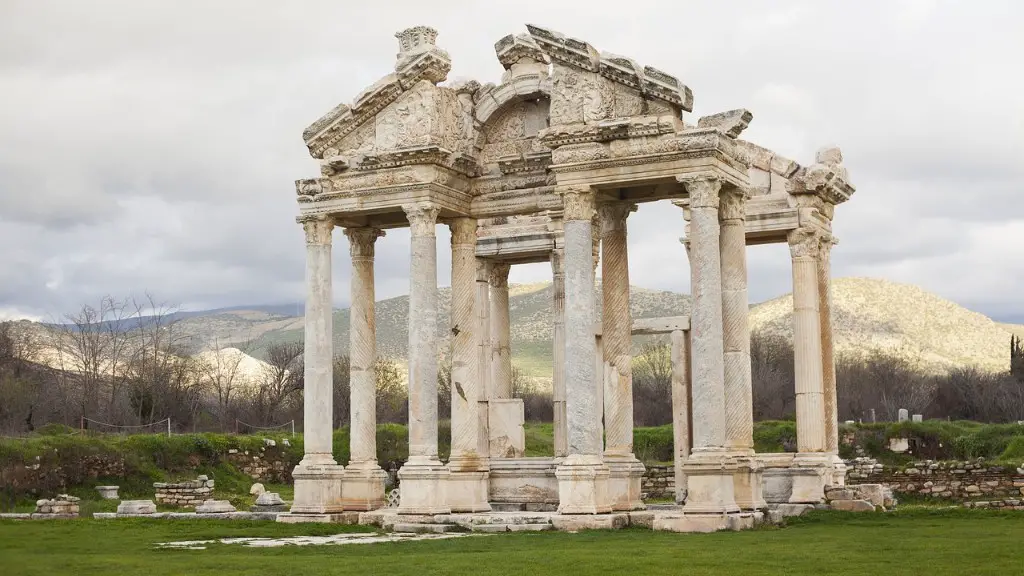The Roman Empire was one of the largest empires in history. At its height, it controlled a territory that extended from Britain to North Africa and from Spain to the Middle East. The Roman state was founded in 753 BC, and continued to grow in power and territory for centuries. During this time, Roman society evolved into a complex hierarchy. At the top of this hierarchy were the nobles.
The nobles were a small group of wealthy families who controlled most of the land and resources in the empire. They had great power and influence, and lived in luxury. The nobles also had a strong military presence, and were often at war with each other.
The Roman Empire was eventually dissolved by barbarian invasions in the 5th century AD. However, the legacy of the nobility lives on in many modern societies. The term “noble” is still used to describe people of high social status. In some countries, such as Britain, there are still families who can trace their lineage back to the noble families of Rome.
The term “noble” in ancient Rome referred to a social class of citizens who were wealthy and held high-ranking public offices. These families were often patrician, meaning they could trace their ancestry back to the city’s founding fathers. The noble class was highly respected and enjoyed considerable power and privileges.
What were nobles called in Rome?
A patrician was a member of a group of citizen families who, in contrast with the plebeian class, formed a privileged class in early Rome. The patricians were originally those who could trace their ancestry back to the original senators appointed by Romulus, the founder of Rome. Over time, the term came to refer to any member of the upper class.
The patrician class was a small group of wealthy families in the Roman Empire who provided the empire’s political, religious, and military leadership. Most patricians were from old families who owned large estates, but the class was also open to a few people who had been deliberately chosen and promoted by the emperor. The word “patrician” comes from the Latin “patres”, meaning “fathers”.
The class structure in ancient Rome was very formal and official. Records of each class were kept, and being wealthy was often not enough to move up through the classes. There were three basic divisions in Roman society: citizens, noncitizens and slaves.
The patricians were the wealthy land-owning noble class in Rome. They often owned slaves who would work their farms for them. The patricians inherited their power and held almost all the important government positions such as the consuls. However, only males could vote.
Who is the head of a noble family?
A noble house is an aristocratic family or kinship group, either currently or historically of national or international significance, and usually associated with one or more hereditary titles, the most senior of which will be held by the “Head of the House” or patriarch. A noble house may be headed by a lord or lady, but this is not always the case, as some houses are instead headed by a count or countess, duke or duchess, marquess or marchioness, or even prince or princess.
A noble is a titled peer of the realm or an aristocrat. As an adjective, noble describes someone with high or elevated character, or who is impressive in appearance. From feudal times, we have known nobles as the heirs to thrones or as the holders of aristocratic title.
What were nobles known for?
Nobles were the social class that held the most power during the feudal system in Europe. They were born from noble bloodlines and held large tracts of land. They often had knights that served them and were loyal to the king. Most nobles were warriors and skilled in combat.
The upper class held all the power in medieval European society. They were the royals, nobles, knights, and clergy. The majority of the population was made up of peasants who were not allowed to own land or have any say in how the country was run. The upper class lived in luxury while the peasants worked hard to support them.
Nobility is a social class found in many societies that have an aristocracy. It is normally ranked immediately below royalty. Nobility has often been an estate of the realm with many exclusive functions and characteristics.
Plebeians were the lower class citizens in Rome who were often farmers and worked the land owned by the Patricians. Some plebeians owned small plots of land, but this was rare until the second century BC.
Individual Romans always knew which social class they belonged to. In some cases they were born into that class, while in others their wealth or their family’s wealth determined their class. slaves were the lowest class, followed by plebeians, equestrians, patricians, and senators.
The term plebeian is often used to refer to someone who is of a lower class or someone who is not considered to be as refined or sophisticated as someone else. In Ancient Rome, the term plebeian referred to all free Roman citizens who were not members of the patrician, senatorial or equestrian classes. Plebeians were average working citizens of Rome – farmers, bakers, builders or craftsmen – who worked hard to support their families and pay their taxes. Today, the term can be used to describe anyone who is not considered to be part of the elite class.
What was the wealthiest class in Rome
The patricians were the wealthy upper class people in the early Roman Empire. Everyone else was considered a plebeian. The patricians were the ruling class of the early Roman Empire. Only certain families were part of the patrician class and you had to be born a patrician.
The Conflict of the Orders was a major social conflict in ancient Rome that lasted for more than two centuries. By the end of the conflict, Roman society was defined by five social classes: the Patricians, the Equites, the Plebeians, the Freedmen, and the Slaves.
How did Romans treat nobility?
The grant of an imperial fief did not confer the status of an imperial prince on its holder; this was one of the reasons why the Roman princes did not always use their imperial titles. In addition, the imperial princes often had a higher precedence than the princes of the Holy Roman Empire, which caused confusion and rivalry.
There is no simple answer to this question as it depends on a number of factors. In general, however, a noble is likely to be higher in status than a Lord. This is because the title of noble is usually given to those of high birth, who have inherited their position, whereas the title of Lord is generally given to those who have been appointed to their position.
Warp Up
Nobles in ancient Rome were wealthy families who held power and influence. They often owned large estates and had extensive political and social networks. Many of Rome’s most famous historical figures came from noble families.
The nobles in ancient Rome were a social class that was distinct from the other classes in society. They were typically wealthier and more powerful than the other classes, and they held a lot of influence over the government and society.





